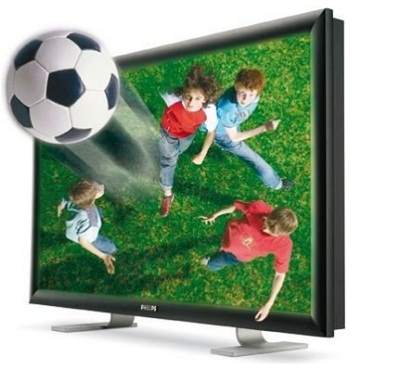With Nintendo’s 3DS, digital camera displays, and 3D photo frames starting to steal the thunder from the increasingly clunky-looking 3D TVs that require 3D glasses, Toshiba is apparently ready to step into the new market in a big way.
There is no doubt that we’re in the middle of a 3D revolution. But no one expected to see what Japanese newspaper Yomiyuri just recently reported. It says that Toshiba is working on a commercially available autostereoscopic 3D TV. That means it can display images and video with the sense of depth, without the need for viewers to wear 3D glasses. The technology is achieved by using thousands of tiny mirrors within the TV itself to make it look as though images projected on the screen have depth.

We’ve seen glasses-free TV displays as a concept for years. I remember seeing one on display at the 2006 Consumer Electronics Show, but without any content supporters it was only being demonstrated a digital signage display.
The first really big device to announce autostereoscopic 3D was the Nintendo 3DS, unveiled at this year’s E3 gaming expo. However, the game system is not due out in the US until next year. Other autostereoscopic devices already available on the market include 3D digital photo frames and image display screens on 3D digital cameras. All of those gadgets have very small screens, though. For Toshiba to be deploying it to something as big as a TV takes a lot of guts.
Toshiba is one of the biggest TV makers that doesn’t actually have a huge stake in stereoscopic 3D right now, the format used in the flagship sets from Samsung, Sony, Panasonic, Vizio, and others. If the company has indeed been working with the autostereoscopic format instead, that would certainly make sense.
It’s still a different format than what the rest of the industry is going with, though, so it would be interesting to see if content developers would be interested enough to support Toshiba’s TV. Nonetheless, we’re very intrigued by this latest rumor and will be tracking it to see if Toshiba will in fact become the first company to release an autostereoscopic 3D for mass consumer consumption.






